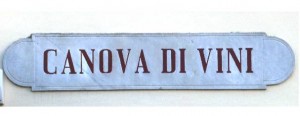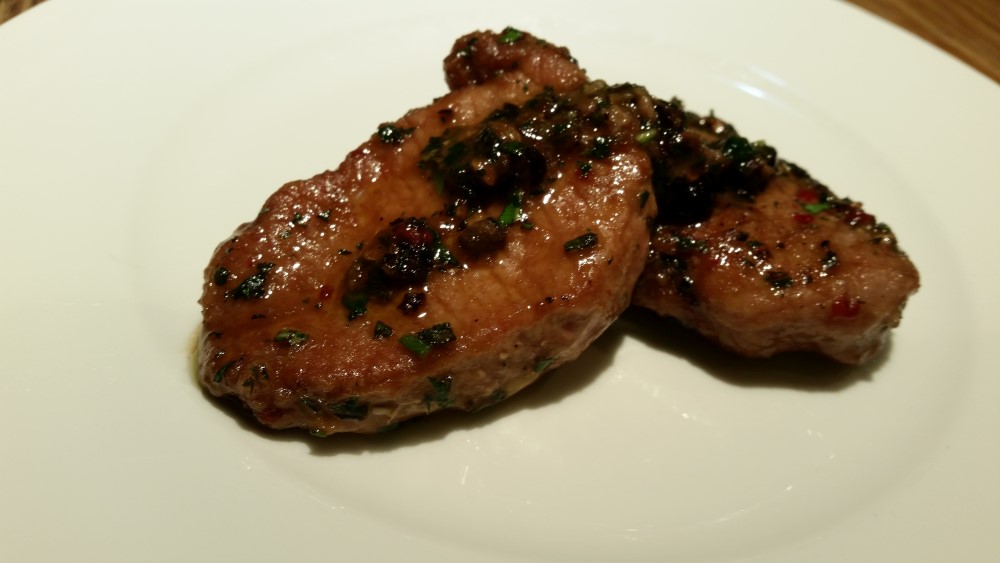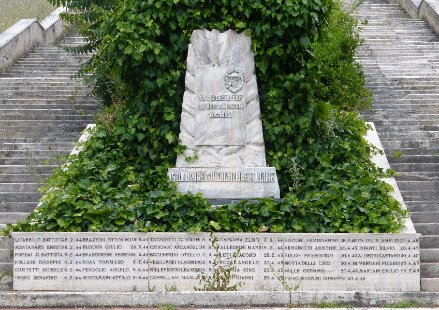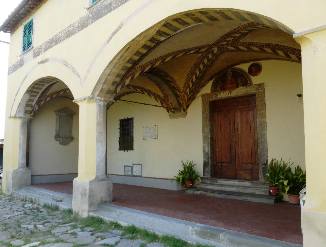
The term Cànova, now completely disappeared, would signify “the shop where they would sell retail wine, oil and other essentials”. The Canabae were shacks that stood at the rear of Roman military camps where the Canovai would sell bread and wine to the soldiers and services to prostitutes!
The widespread use of the Cànove in the past has meant that we find them mentioned by the greatest writers and poets of every age, all of whom have retold their own experiences, from Marco Polo to Villani, from Pietro Aretino to Gabriele D’Annunzio.
They were mainly found in the popular districts of the city, in markets and along roads – such as San Donato in Collina, now converted into a butcher shop – where the movement of people was frequent and continuous. In addition to the marble insignia of the strangest and most attractive forms, the so-called “frasca” (a leafy branch) was displayed on the door to indicate that the shop was open and that wine was sold there.
The frequenters of the cànove were not just travelers and passing merchants, but also included the local population who would spend their free time there, often finding their unique opportunity for leisure and vice. In fact, crooks, thieves and women of easy virtue were found there and brawls that even transcended into bloody events were frequent. Which is the reason why, in 1783, His Royal Highness issued a motu proprio which regulated the opening and management of these establishments and granted the “Mestiere di Canoviere di Vino” (Expertise in the Canoviere of Wine) only after verifying certain security but also monitoring guarantees over the quality of the wine sold which was often watered down, or “baptized” as it was called then.
The cànove existed until the early twentieth century, as Vasco Pratolini also testifies when he writes that Metellus went with his mason friends to drink wine “sitting at tables outside the cànova.” Since then, the marble signs have almost all been destroyed. We have traced only one in Florence and five in the surrounding areas, including that of San Donato in Collina.
It is worth nothing that, in general, the passing years have not changed the original use of the establishments much: in fact, where wine was poured and food was eaten, today, in addition to wine and bread, a little bit of everything is sold: from salt to herring, from cigars to loose pasta and from meat to fruit.








